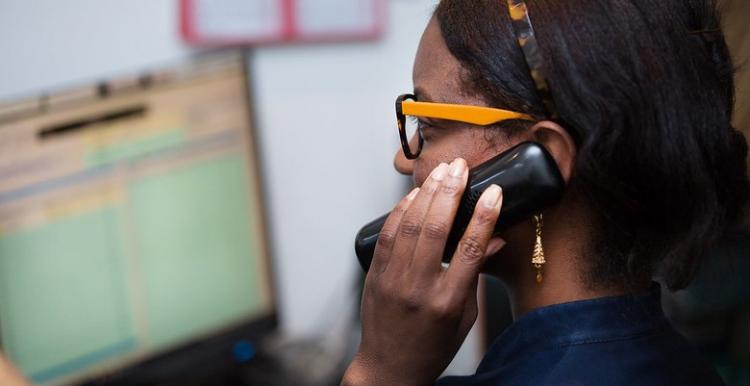 A recently published report into telephone befriending in Enfield during lockdown provides a snapshot of the issues affecting residents in the "vulnerable" and/or "shielding" categories and shows the value of telephone befriending and of other services that were provided, such as delivery of food and medicines. Most call recipients were pleased to receive the calls and a core continued to receive these throughout the period, not missing a call. The report recommends that the council should be ready to reactivate the service in case there is a second wave or a local lockdown.
A recently published report into telephone befriending in Enfield during lockdown provides a snapshot of the issues affecting residents in the "vulnerable" and/or "shielding" categories and shows the value of telephone befriending and of other services that were provided, such as delivery of food and medicines. Most call recipients were pleased to receive the calls and a core continued to receive these throughout the period, not missing a call. The report recommends that the council should be ready to reactivate the service in case there is a second wave or a local lockdown.
The telephone befriending service was in operation from late April until early August and was one of the services set up by Enfield Council and the other organisations participating in the Enfield Stands Together partnership. Those making the calls were a mixture of council employees, councillors, voluntary bodies or other organisations represented on the Community Resilience Board, and individual volunteers.
The report - Telephone Befriending: A Valuable Service during Lockdown, April-August 2020 - has been issued by Healthwatch Enfield and covers only calls made by its staff and by 14 Healthwatch volunteers. They kept written records of the calls that were made, which have provided "rich data" and offered "a deeper insight into the wide range of issues and challenges facing vulnerable and at-risk residents".
The issue that stood out above others was the impact of social isolation on health and wellbeing, including mental health issues, with those residents with ongoing health needs being particularly concerned. The report should also provide valuable insights to the council and Community Resilience Board to help planning for any future lockdowns or similar situations. For instance, inadequacies in the categorisation of individuals and recording of contact details should be dealt with. It also makes it clear that for some people in the shielding category befriending and other services are required on a continuing basis.
Detail in the report describes the procedures used, problems that were encountered, statistics, such as the length of phone calls (up to 70 minutes), the number of residents per volunteers, the services that were "signposted"to residents, and more. Three case studies are included, along with quotations from the most interesting call records, giving an impression of the wide range of subject matter discussed during the calls.
Volunteers received safeguarding training and were provided with guidance. There was an initial "script" to get the conversation going, but the calls took the form of casual, informal "chats".
